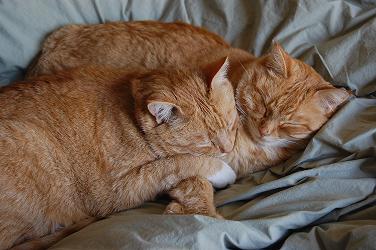The last time I met with Marvin Bell, he seemed worried.
This was a far cry from our first engagement, almost ten years prior, when I felt like I was the one who had to introduce him to the Internet because I was the one who had to explain the dynamic nature of HTML.
I was the one afraid since I was warned he would be unhappy with my rendition of his poetry online. I had prepared an image version of his poems just in case he did not accept the unpredictable flow of HTML in a browser window. Fortunately he was full of energy and very positive about the work I was doing. His eyes were bright and his smile broad as he looked at my monitor and said things like “this is really amazing, I am very happy”.
Fast forward and Marvin seemed very upset. He was sad, or perhaps even angry, about America and the war in Iraq. I suspect this will continue to haunt him in his work, as captured by The New Yorker last summer:
Two owls have perched at the property line,
and a scraping on the porch means the postman
is wiping his shoes before continuing
across the yards, three homes’ worth of catalogues
and ads, and the occasional letter, all cradled
in the crook of one elbow. I’ll be getting an offer
of money, a map to riches, a new future
that has come out of the blue. Today I finger
each envelope before opening, and I admit
I feel for wires and beads of plastic explosive
amid the saliva. The daily rags speak
of a dirty bomb. The government tells me live
in a wooden house with a hurricane lamp,
a gas mask, and flares, while it arms
an impervious underground temple from which
it can map the surface, choose a site
anywhere on the globe, and call down the rain.
Marvin does a fine job with this tone of despair, but I wonder if he could be persuaded to write a positive piece on security. He was asked to live in a wooden house? Somehow I doubt that. I would ask him directly, but I suspect he does not check his mail or answer the phone anymore.

